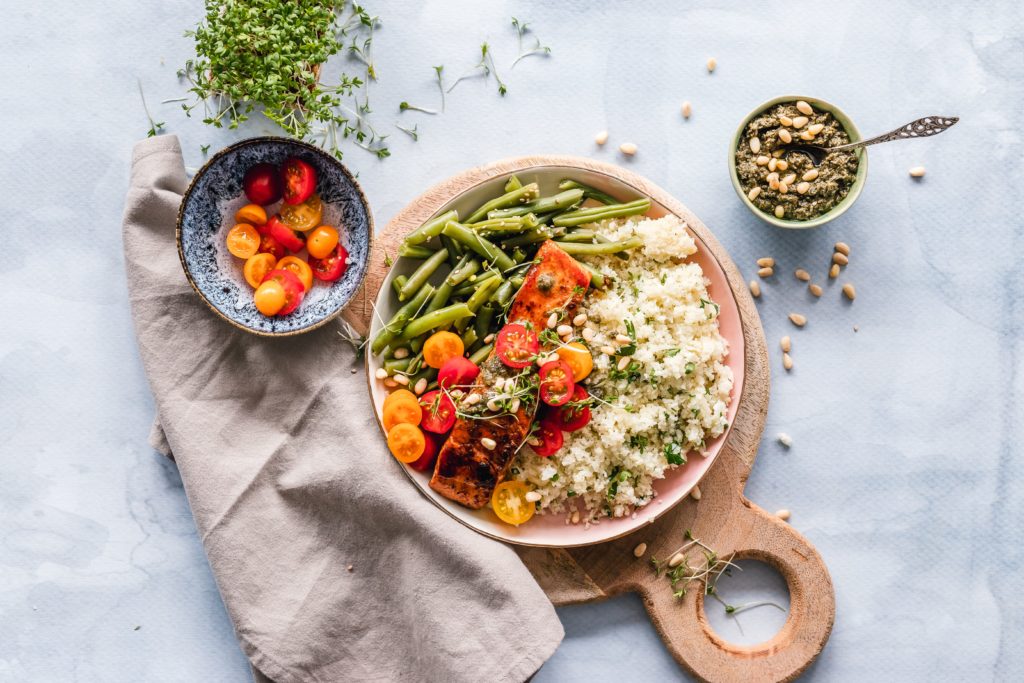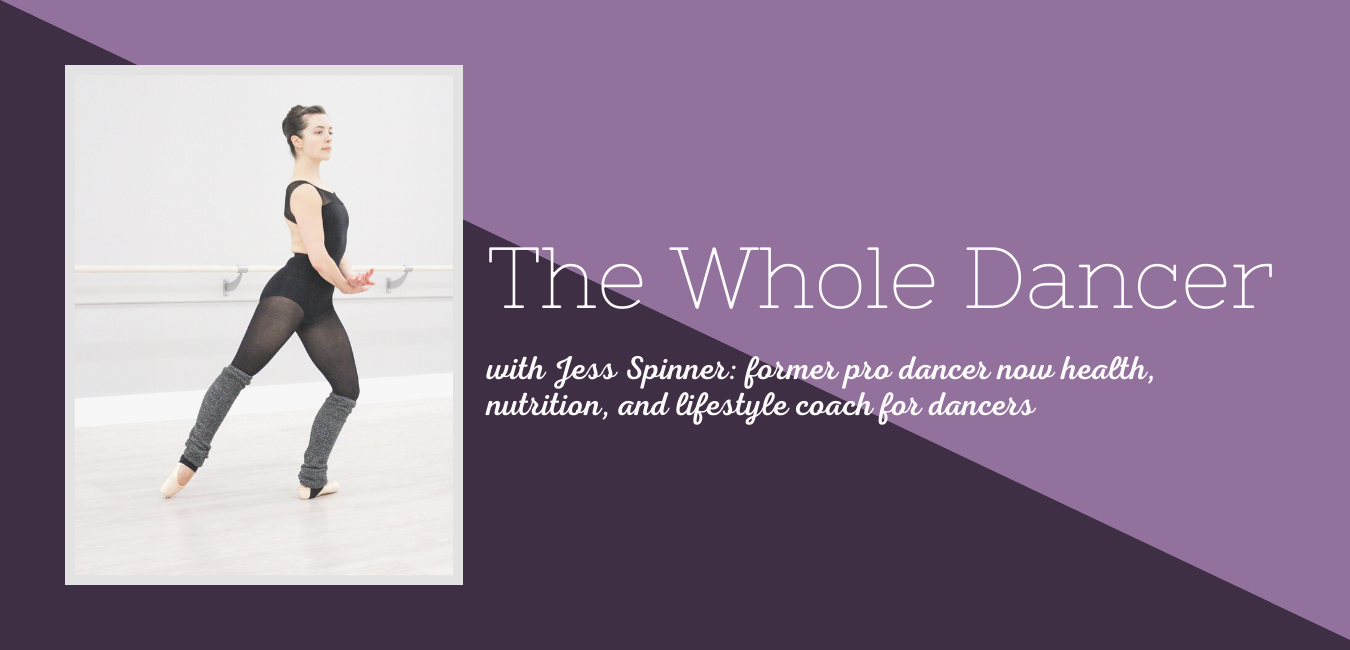Defining Healthy: A Key to Your Best Body
Healthy:
Possessing or enjoying good health or a sound and vigorous mentality; a healthy body; a healthy mind.
When it comes to food, you’ll find all kinds of opinions as to what actually constitutes “healthy” and how that should be applied to your meal plan. Ultimately, it’s up to you to figure out the balance of foods that makes you feel your best. Perhaps your most “vigorous.”
From The Whole Dancer perspective, there are some tenants of healthy eating that we find important for dancers to consider. Prioritizing plants is beneficial for the majority of people and can be particularly energizing for dancers: dark leafy greens, fruits and colorful vegetables, nuts, beans, seeds, avocados, etc.
You’ll be hard-pressed to find someone who says prioritizing eating plants is not healthy.
How do you feel when you eat lots of plants?
Have you tried incorporating them into each (or most) meals? How did you feel from an energy standpoint?
Besides plants, most definitions of “healthy” should be personalized. Dairy works for some and not others. Gluten works for some and not others. Meat works for some and not others. Can all foods fit? Sure, but only if they work for you, your body, and your dancing.

It’s not worth it to continue to eat tons of sugar because you enjoy the taste if it also gives you headaches or stomachaches or makes your skin break out. So it’s up to you to figure out how your body reacts to certain foods to determine if they should be part of your healthy eating plan.
Don’t create strict rules around what’s healthy or what you think you should be eating…
This is a recipe for binge eating and feeling guilty around food. When you can say to yourself, “I’m allowed to eat whatever I want, I just choose to stick to what feels best for my body most of the time,” you’ll release the stress around food.
It’s the stress that creates a negative relationship with food and your body or vice versa. Even if you consider something “less healthy” or “not healthy,” it doesn’t mean you can never eat it. If you love the taste of something you consider less healthy, there can still be a place for it in your eating plan. Especially if it makes you feel happy and doesn’t cause any digestive distress (I advocate for skipping things that give you a stomachache!).
Remove any lingering guilt you feel around your food choices.
If you’re in a place where you let yourself eat whatever you want but you still feel guilty for eating things you’ve deemed “unhealthy,” that’s where you need to spend some time.
Food is not “good” or “bad,” and applying those labels to certain things makes you label yourself as “good” or “bad” for eating them. Reaffirm — it’s all just food.
When you indulge and enjoy it, you’re experiencing one of life’s great pleasures. If you indulge and beat yourself up afterwards, you might get into all or nothing thinking: “Eating this was a failure, so I might as well eat whatever else is around.” This can lead to binge eating.
Working through the guilt takes time. Don’t make your food choices mean more than they do. Eating a piece of cake doesn’t mean you’ll never reach your body goals. Sometimes we give our food choices even more meaning than that. “By eating cake, I won’t make it in ballet at all.” This isn’t true. Don’t lie to yourself.
The dancers who maintain their personal best body for dance with ease are the ones who also have an easygoing relationship with food. Here are some ideas to help you get to that place:
- Look at each meal as an opportunity. Ask yourself what foods will serve the dancing or movement you have planned for the day. What foods or flavors are you in the mood for?
- No guilt or shame. If you want some chocolate or dessert, eat it and enjoy it. Then move on.
- Your food choices don’t have to be defined. Don’t label them as good or bad, healthy or unhealthy.
- Decide what you’d like to get from your meals and snacks—“I’d like to feel energized, vibrant, happy”—and pay attention to how your food choices serve those goals.
- If you eat something, then feel unhappy or guilty, ask yourself “why?” Are you attaching more meaning or weight to the food? Making it mean more than it does?
Developing a positive, serving, and easygoing relationship with food is a journey. It’s one that deserves time and attention and minimal stress.
